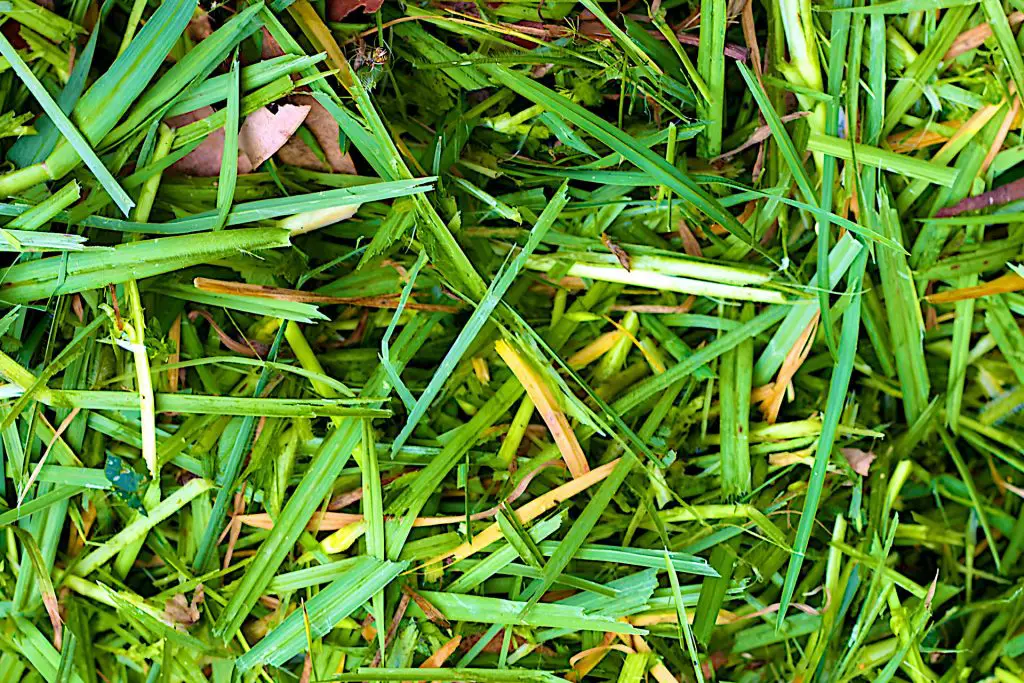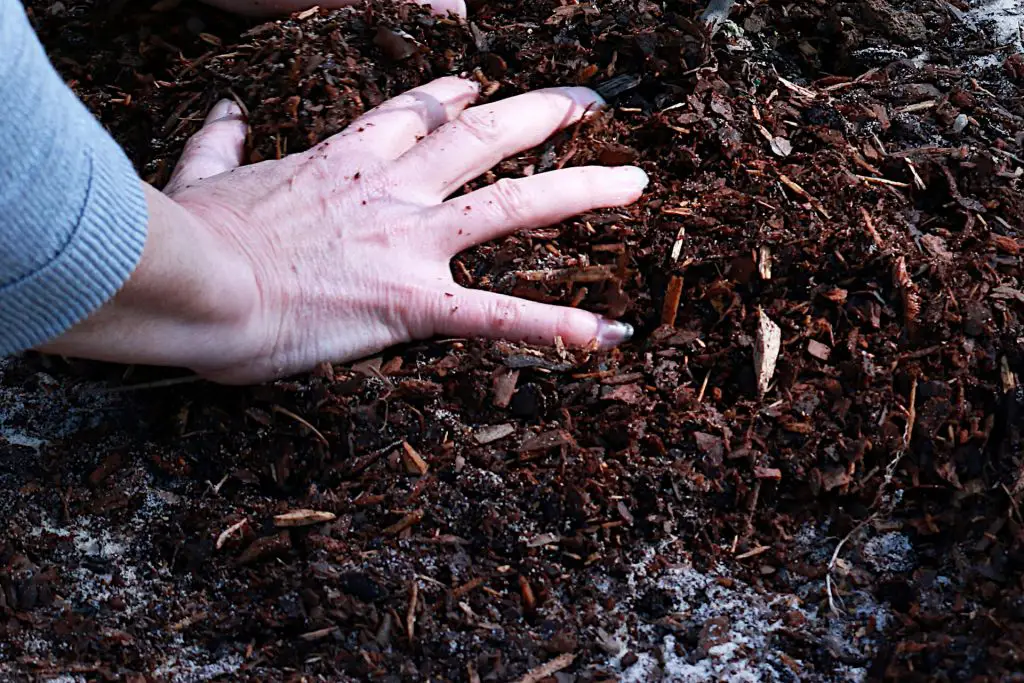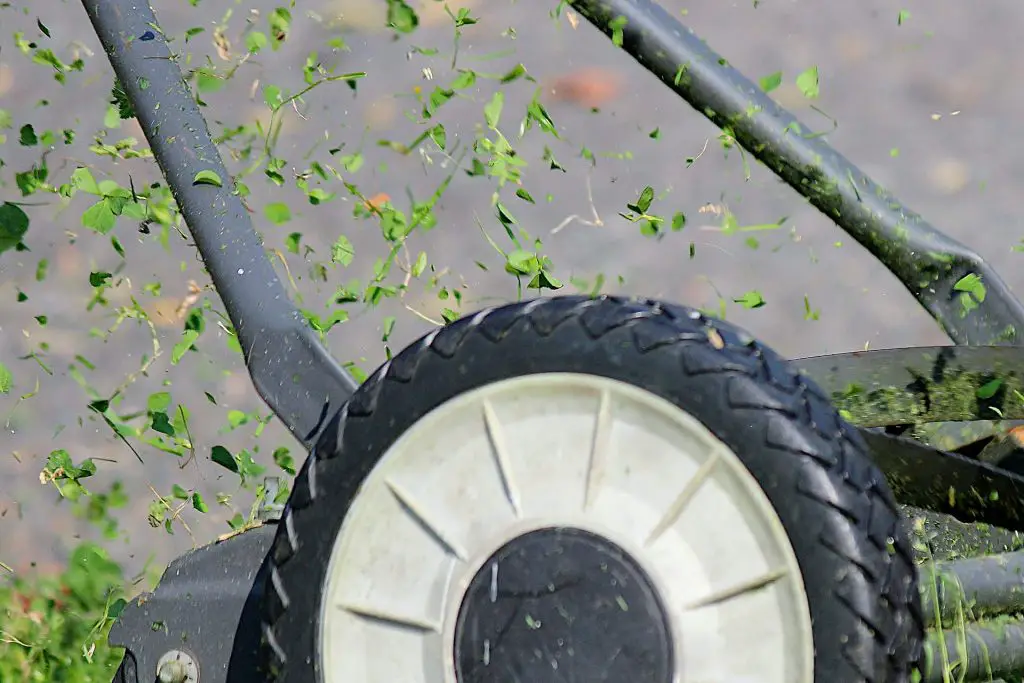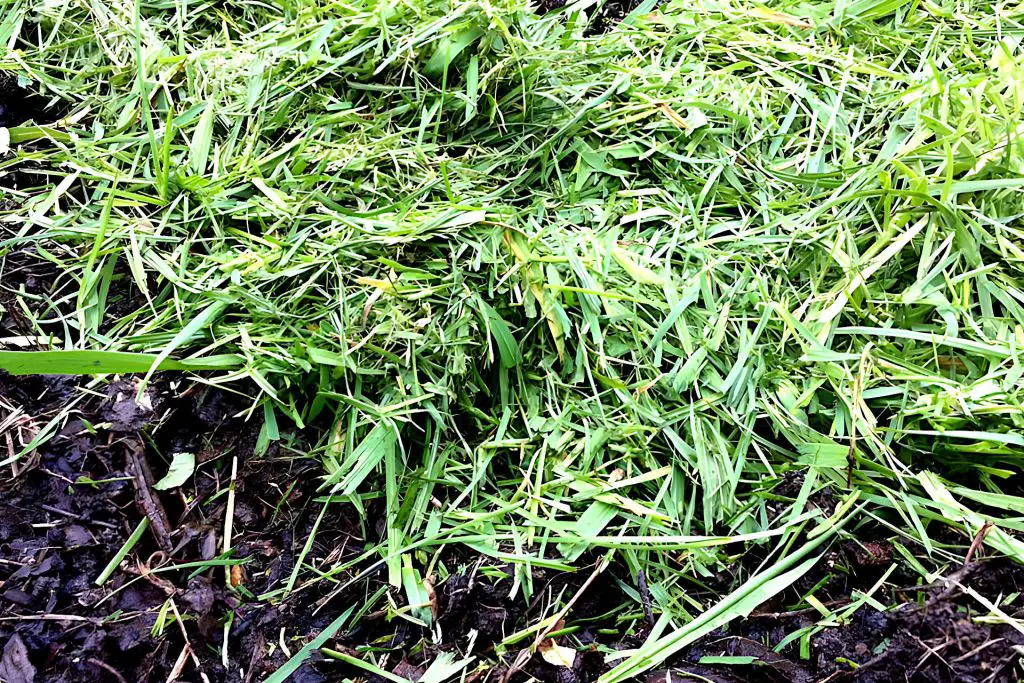Grass Clippings in Compost: Powering up Your Composting
When the sun is out and the grass is growing, you are likely to spend an increased amount of time outside enjoying and tending to your yard. One thing that needs constant attention is your lawn and with that comes work and comes grass clippings. More often than not though, the average homeowner considers them a nuisance and is thrown away, without realising they are a magical material that can make your plants grow stronger and your lawn thrive.
This is because grass clippings are in fact an incredibly powerful resource for your garden. They are around 80% water and high in nitrogen meaning they decompose more quickly than other organic materials. When they decompose they deliver nutrients such as nitrogen, phosphorus, potassium, and magnesium to the soil, all of these being vital components of a healthy soil ecosystem. This makes grass clipping a powerful organic material.
Indeed, so useful are grass clipping that they have several applications. One of the most important of these is their ability to power up your composting. We will look at the various different ways that you can utilize your grass clippings in compost and how grass clippings can positively impact on your garden.
Key Benefits of Grass Clippings

- Plentiful supply from spring to fall, if you have a lawn
- Green organic material high in nitrogen and water
- Multiple uses, from composting, using as mulch to direct addition to the soil
- Helpful in terms terms of managing your compost pile
- Use to create compost tea
Should you compost grass clippings
You can use grass clippings in your garden in a number of ways, leaving them on the grass when cut, using the clipping directly on the soil, using grass clippings as mulch as well as using them in your compost.
The question is which is the best use of the clipping. All of the methods have advantages as well as drawbacks and the chances are that you may well use each of these methods.
Turning grass clippings into compost tea is another great option. To turn grass clippings into tea, simply pour warm water over the grass clippings and allow them to steep for three to five days . Strain out the grass clippings, and use the liquid as a natural fertilizer. You can store leftover tea in glass jars or plastic containers.
How to compost grass clippings?

There are various different ways and composting processes that you can use to compost grass clippings. The two principal processes are hot composting and cold composting. Both of these processes work well and the determining factor as to which one you choose to use is going to be time, both the time it takes and the time you need to put in to nurturing you compost heap.
Composting works because of a chemical reaction between the carbon, nitrogen, moisture and air that is present in your pile. The principal difference between the two is the balance between the carbon and nitrogen and the amount of oxygen present. The more nitrogen and oxygen, the hotter the pile, and the faster you will get finished compost.
As grass clippings have a high nitrogen content and contain a high percentage of water they a great for all types of composting as they provide moisture and infuse nitrogen into the compost pile. You can read more about the science behind the composting process here.
Cold Composting Grass Clippings
The most common way to compost grass clipping would be to use the cold composting method. With cold composting you create a pile that has a carbon to nitrogen ratio of around 30-35:1 (C/N). The pile is generally constructed by layering green and brown materials, although with grass cuttings they are sometimes mixed in to avoid them compacting together. The pile itself is then turned around every week to ten days, although if time isn’t a factor then sometimes not turned at all, but without turning the time to finished compost is much extended.
Hot Composting Grass Clippings
As the name suggest hot composting involves a higher nitrogen content than cold composting. The normal ratio being around 25:1 carbon to nitrogen (C/N) and the addition of more oxygen through regular turning. This usually results in getting finished compost in about a third of the time it takes with cold composting. The downside is hot composting requires much more attention particularly in monitoring the heaps internal temperature, which needs to remain between130-150 degrees Fahrenheit. In addition it will require regular turning, in the first week to ten days, nearly daily.
Mixing or Layering the Grass Cutting
The main issue with grass clippings is that they have a tendency to compact together. This becomes a problem in terms of the decomposition process.
The chemical reaction that takes place during decomposition requires heat, moisture and oxygen. Oxygen is critical for the speed of the decomposition process hence, why with hot composting, you turn the compost pile far more frequently than you do cold composting. This helps maintain the temperature in the pile.
However, irrespective of whether you are hot or cold composting compacting of grass clippings together into clumps can cause the decomposition of them to dramatically slow down. This is because air (which provides the oxygen) cannot circulate between the clippings in the clumps.
One solution is to mix the grass clipping with other layers in the pile preventing the grass clippings from being able to compact together. The mixing of clippings prevents the turning of the pile causinjg the clippings to clump.
Another solution is to turn in the grass clippings in the first turn of the compost pile. This is more effective when hot composting as you will in the first few days be turning almost daily.
Using layering though, is not necessarily an issue, providing that the layers that you use are relatively thin in comparison with the other layers of the pile that you construct.
Do grass clippings add nitrogen to soil?
Grass clipping are a green organic material and have a fairly high nitrogen content, around 20:1. This makes them an excellent material to use in your composting pile because of the nature of grass clippings they can be very helpful in balancing the carbon nitrogen ratio of your pile. In addition, grass clippings are an excellent source of nitrogen to add to a pile that has too much carbon in it and thus is not decomposing at a fast enough rate.
Being nitrogen rich also means that they will decompose within a few months when directly applied to the soil, which is more quickly than many other organic materials. This is why you can leave grass clippings on a lawn and also sometimes apply them directly onto soil.
How long does it take to compost grass clippings?
The length of time that it takes grass clippings to decompose is largely dependent on the length of the grass clippings and the type of composting process used. The longer the grass clippings the more time it will take to break down.
Length of Grass Blade

Grass clippings generally decompose faster the shorter they are. This is because the microbes in the decomposition process can attack the whole surface. There are of more parts of the grass blade that the microbes can attack if they split into smaller parts. To a large extent, the length of the grass clippings can be controlled when mowing your lawn. The shorter the grass clippings you generate the better for using these clipping not just for composting but as mulch just leaving them on the lawn.
How the Composting Process Affects Decomposition
The actual way you choose to compost will effect the length of time that it takes both the hot and cold composting process to produce high quality compost. Alternatively, leaving them to naturally decompose when left on the grass produces a slightly different compost.
If the grass cuttings were spread thinly directly on to soil in a hot humid climate, decomposition could happen in as little as four or five weeks, in more temperate climates, this could take around two the three months. If just left in a mound, decomposition could take considerably longer, six months or more to decompose.
The addition consideration with direct decomposition is you will probably produce a compost that has a higher nitrogen content than from mixing with other organic materials. Effectively you are creating a natural fertilizer for your grass.
This is usually good but having too much nitrogen in the soil can help breed the conditions for certain lawn fungi so is something you shouldn’t do ever time you mow your lawn. It perhaps should be done three or four times during the growing season.
In general it always pays to monitor the quality of your soil. You can get hold of a soil testing kit from hardware stores, garden centers or online. Look for kits that you send away as these will give you detailed analysis of your soil and should help you maintain it with the right levels of nitrogen, potassium and phosphorous to help your lawn thrive.
What is the best way to compost grass clippings?
As to which method is the best way to compost grass clippings, it is entirely dependent on your goals. If you don’t need finished compost too quickly, or you are unsure about how to effectively hot compost, then the cold composting process is a great way to compost your clippings.
If you are looking to produce compost relatively quickly and you are proficient in hot composting then this is the way to go. As we have mentioned using hot composting can produce finished compost in as little as four to five weeks.
Adding Grass Clippings to Existing Composting Piles

Another option that we have touched on is that ability to use the clipping to help rebalance a compost pile. If you have a compost pile that is not decomposing, the nitrogen levels in grass clippings makes them the perfect additive to boosting the nitrogen content.
As opposed to other nitrogen rich green materials, the nature of grass clippings mean that you have fewer problems than you night with food scraps and animals, making them a good material to have on hand, which from spring to late fall in the grass growing season, will be available every couple of weeks or less when you mow your lawn.
Concerns about Composting Grass Cuttings
Diseased Grass
You should never put fungus infected grass clipping in compost. To completely destroy the pathogens contained in the fungus you would need temperatures of 150-180 F which are unlikely to be achieved even when hot composting.
If you have diseased grass then the best course of action is either to burn the clippings or dispose of them away from the garden or any plants.
The Affect of Herbicides
Many individuals are also concerned about composting herbicide-treated lawn grass and how it may effect their compost. If you have a residential lawn then any the herbicide used should be able to break down within a few days and thus will not provide any additional risk or adversely effect the compost created from these grass clippings.
However, if you utilize grass clippings from a non-residential site, such as a farm or a golf course, the herbicides used on these grass clippings are far more powerful and can only be used by licenced contractors. These can take weeks or months to break down. These these clipping should therefore not be used for composting but instead, disposed of by burning or landfill.
Leaving Grass Clipping Directly on Grass Increases Thatch?
It is a common, but somewhat mistaken opinion, that leaving grass clipping directly on the grass will lead to a thatch build-up. This is generally a misconception. A grass blade contains the high nitrogen levels and is around 80% water, and so it decomposes far more quickly than most other organic materials.
The only time when it might cause a build up of thatch is if the cuttings are long and begin to compact together. It is good practice to mow your lawn so that it cuts only one third of the grass blade with a single pass. If your lawn is incredibly long then you should either try to cut less than an inch or collect the first cut and use it in compost.
Summary: Grass Clippings in Compost
Grass clipping are one of the best organic materials for your garden and if you have a lawn they are free. They have various different uses but their properties make them ideal for using in your compost, helping you balance and control the carbon nitrogen ratio, and helping keep the pile moist.
Composting grass clippings is also good for the environment. By recycling grass clippings, you are helping to keep the air clean and reducing the amount of trash going into landfills. Letting grass clipping decompose on your lawn also reduces the amount of water needed to maintain your lawn. By composting grass clippings you are also aiding the health of your plants and lawn by improving the soil structure, aerates the soil, and boosts the soils eco system.
Grass clippings are a great source of plant food. They are high in nitrogen, phosphorus, potassium and other minerals. Composting grass adds these nutrients back into the soil where they can be used by plants. Composting grass can also be used as mulch around trees and shrubs.
Commonly Asked Questions
What Is Thatch on A Lawn?
Thatch is a layer of organic matter that has not decomposed and accumulates between the the growing grass blades and the soil. If organic material is created at a quicker rate than it can decompose a layer of thatch will accumulate.
Notes:
[1] Gregg Munshaw and Brad Lee, University of KentuckyCollege of Agriculture,Food and Environment: Irrigation Tips to Conserve Waterand Grow a Healthy Lawn
